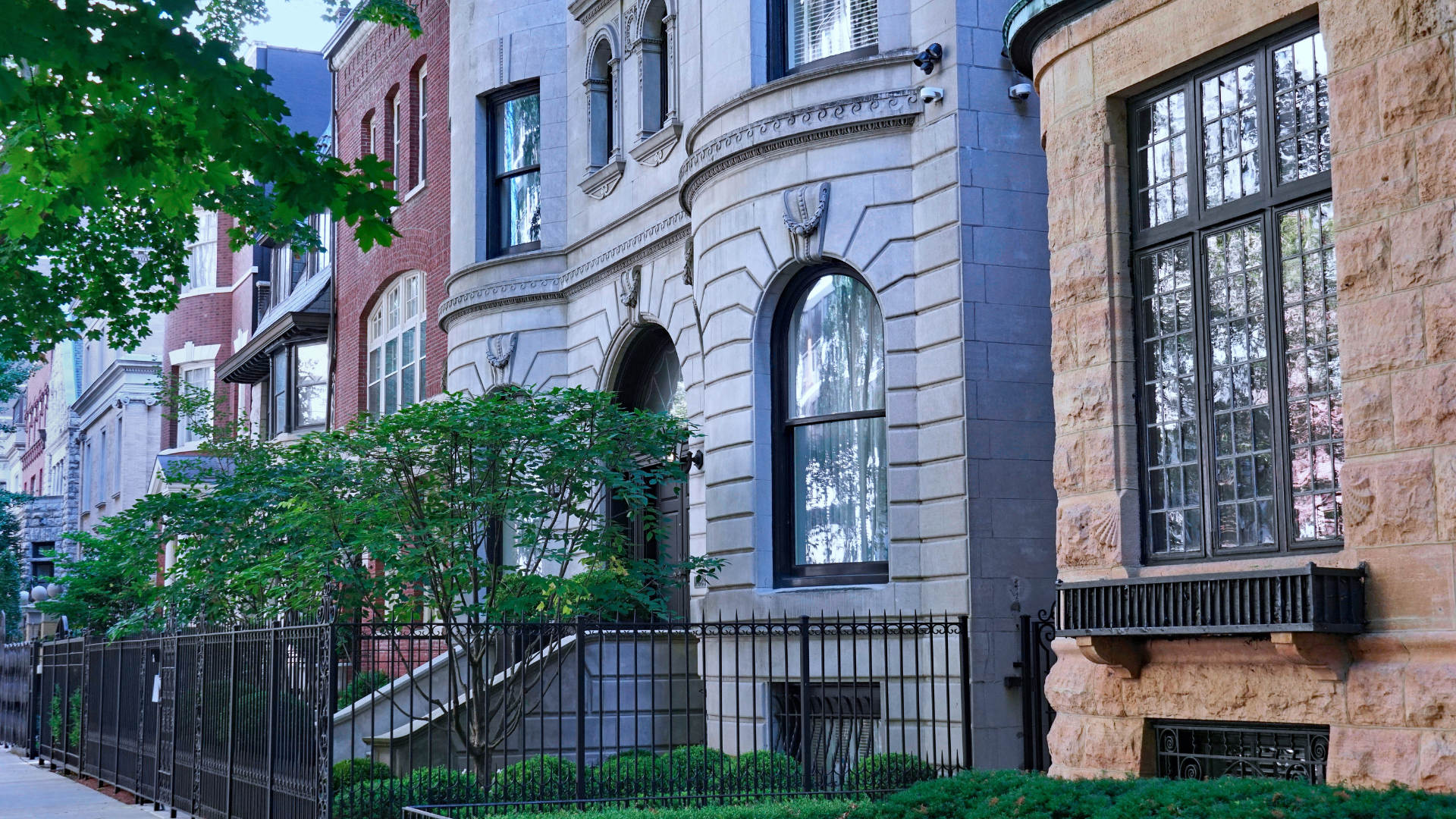Avondale is a working-class neighborhood to the core thanks to its long history as a manufacturing and distribution hub. It’s known by many as Roscoe Village and Logan Square’s unpretentious neighbor, a community where food and art meet authenticity, and cultures, specifically Eastern Europe and Latin America, combine to create a unique heritage all its own.
“It’s a central point that went under the radar for so long,” Juan Elias of Real People Realty and Avondale’s representative on The 77, said.
Welcome to Avondale.
HOW THE PAST SHAPED THE PRESENT
Avondale sits just west of the North Branch of the Chicago River, along train tracks and populated streets, making it a prime location for many industries at the beginning of the 20th century, when shipyards and factories started to pop up along the river and near Belmont Avenue. These jobs brought many European immigrants to the area, which is why it is sometimes referred to as the Polish Village.
Avondale’s population was predominantly Eastern European until the 1980s and 1990s, when a large Latino community began to call the area home, creating its unique mixture of cultures. Today, very few industrial buildings remain standing, replaced by residential buildings and shopping malls, but the community still holds tight to its working-class roots.
“I’ve seen Avondale progress, but not to the extent that it’s lost its identity,” Elias said. While small in size compared to some other Chicago neighborhoods, it truly packs a punch with what it has to offer.
“Avondale is growing very fast and there are several developments going on as we speak,” Alderman Ariel Reboyras of the 30th Ward said.
AROUND TOWN
As you may expect from its history, the noteworthy places around the neighborhood are a unique mix of old and new. Art deco buildings like the Morris B. Sachs Building, which currently houses the Hairpin Arts Center, stands out at the intersection of Diversey, Kimball and Milwaukee and makes the case for this area’s unique architectural history. Peppered throughout the neighborhood are a number of Polish cathedrals; their stained glass windows and bright domes stand out.
“Avondale’s been a little bit of a secret gem,” Marjorie Allabastro, Baird & Warner, said.
Distinctive bars, breweries and restaurants, however, are there to bring you back to the present. On Diversey, grab a bite to eat on a stretch affectionately referred to as Avondale’s “restaurant row.” Allabastro said Avondale provides a great opportunity for small and new restaurants to plant roots; they are welcomed warmly into the neighborhood by residents. Be sure to check out the Michelin starred Parachute, which serves Korean American dishes, not far from here.
Avondale is also home to one of Chicago’s most popular burger institutions, Kuma’s Corner; enjoy heavy metal music and burgers with a creative variety of toppings to please everyone’s palate. Craft brewing culture is rooted here, too. Revolution Brewery, Illinois’ largest independently owned brewery and one of Chicago’s most famous beer brands, sits on Kedzie Avenue, and Metropolitan Brewing is located in a warehouse along the river, with a gorgeous patio overlooking the water.
And if you’re looking to go back to Avondale’s roots, there are plenty of places for you to pick up a kielbasa or pierogi in their most authentic form. Staropolska Restaurant serves up old world Polish food in a unique European style dining room. If you want to make an authentic meal at home, swing by Kurowski Sausage Shop.
One thing that is noticeably absent from the area: green space. Avondale is one of the most park-poor communities in the city, with Avondale Park demolished by the Kennedy Expressway. Many residents are hopeful this will change in the future.
KICK UP YOUR FEET
No matter what kind of home you’re looking for, Avondale will likely have something to meet your needs. “It’s a nice mix of single-family homes and condos,” Allabastro said.
Bungalows and cottages abound in the neighborhood, as do two-flats. With many of the former factories and industrial buildings along the river now converted to modern townhomes and condos, the area is growing in popularity with young Chicago professionals.
“You’ve got a mix of homeowners who have been there for years and homeowners and tenants who are newer,” Elias said.
Many people are drawn to Avondale because of its proximity to transportation, Allabastro said. Not only does the Blue Line stop in the neighborhood, but the expressway cuts it almost in half, and you can hop on the Metra just a few short stops from downtown.
For those looking for a laid-back neighborhood vibe, mixed with old and new in the center of the northwest side of the city, Avondale meets all these qualifications and more.







